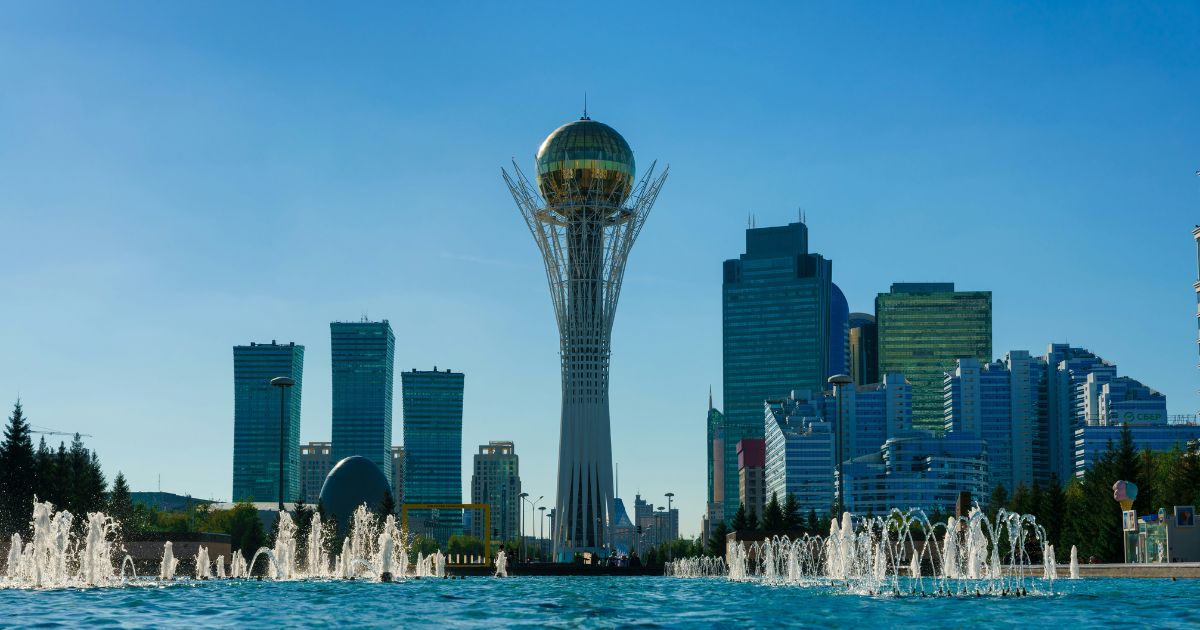South Africa’s vehicle industry has received a major shot in the arm after Chinese and Indian automobile firms committed to upgrading their operations from semi-knocked-down (SKD) assembly to full-fledged manufacturing, Trade Minister Parks Tau announced last Thursday, October 2.
The initiative occurs at a time when automobile leaders sound a warning of a pressing need to protect the nation’s manufacturing platform from the tide of imports and the fast transition to electric cars.
“There in those two markets, the firms that are already present in South Africa with SKD (semi-knocked down) operations have pledged to shift to CKD (completely knocked down),” Tau informed delegates at a conference for the industry.
He made a point that the government would support such firms in establishing full production capacity, consolidating South Africa’s industrial base, and emerging as a continental hub.
Chinese car maker Beijing Auto Industrial Corporation (BAIC), which produces its Beijing X55 model in Gqeberha, and India’s Mahindra, which manufactures pick-up trucks in Durban, are at the forefront of this commitment.
Mahindra has already commissioned a feasibility study with South Africa’s Industrial Development Corporation to set up a full-scale factory.
Industry bosses report this change as critical. Toyota South Africa CEO Andrew Kirby announced that CKD vehicle sales declined from 56% to only 33% in the past 19 years.
“What that implies is that we are overloading the market with imports. Maintaining CKD volumes is essential to keeping the domestic auto sector, local value creation, and economic advantages alive,” he added.
The stakes are high, and South Africa has been the continent’s top automobile producer for a century. But Ford Africa president Neale Hill sounded a dire warning: “We are running the risk of losing this top dog spot on the continent (to Morocco) as soon as next year.”
Analysts say that Morocco has aggressively pushed its vehicle exports to Europe, while South Africa is buffeted by tariff uncertainty and a costly EV transition.
Tau reported that additional discussions with investors in Asia had created interest in either utilizing South Africa’s unused manufacturing capacity or building new factories.
With Africa’s youthful demographics and increasing demand for cheap cars, most observers look to South Africa’s revival of manufacturing as central to its economic future.
But without more robust safeguarding against imports and quicker investment in EV-capable infrastructure, industry players worry that the nation may spiral into de-industrialisation.
As Tau concisely put it, “We need to make sure South Africa not just holds its ground, but becomes the automotive manufacturing hub for the continent of Africa.”




